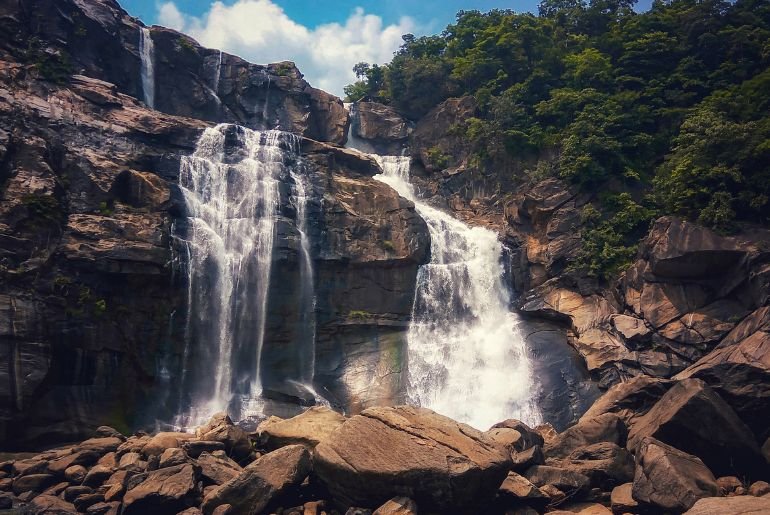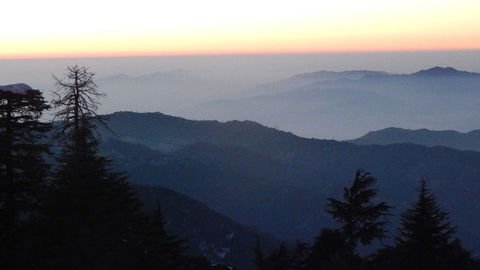
Jharkhand, often referred to as the “Land of Forests,” is a hidden gem in eastern India, boasting a rich tapestry of culture, history, and natural beauty. To make the most of your visit, it’s essential to choose the right time to experience the diverse landscapes and vibrant traditions that this state has to offer. In this article, we’ll guide you through the seasons, helping you decide when is the best time to visit Jharkhand for a truly memorable experience.

- Monsoons: July to September
1.Jharkhand comes alive during the monsoon season, with lush greenery and cascading waterfalls creating a picturesque setting.
2.The famous Hundru Falls and Dassam Falls are at their majestic best, offering a breathtaking spectacle for nature enthusiasts.
3.However, be cautious of heavy rainfall, which may lead to travel disruptions. Pack accordingly and stay updated on weather forecasts.

- Autumn: October to November
1.The post-monsoon period is ideal for those seeking pleasant weather and clear skies.
2.The temperature hovers between 15 to 25 degrees Celsius, making it perfect for outdoor activities like trekking and exploring wildlife sanctuaries.
3.Explore the Betla National Park and witness the thriving flora and fauna as the region transitions into autumn.

- Winter: December to February
1.Winter is undoubtedly the best time to visit Jharkhand, with cool temperatures ranging from 10 to 20 degrees Celsius.
2.The iconic Netarhat Plateau is covered in mist during this season, offering a surreal and tranquil atmosphere.
3.Festivals like Tusu Parab, celebrated during January, provide an opportunity to witness the cultural vibrancy of Jharkhand.

- Spring: March to May
1.As the winter chill gives way to a mild and pleasant climate, spring is an excellent time for outdoor adventures.
2.Explore the vibrant tribal villages, witness traditional dance forms, and participate in local festivals like Sarhul, celebrating the harvest season.
3.Pack light clothing as temperatures can rise, and stay hydrated during your explorations.
